The dam is raised in steps of about 600 mm. However the developing countries that are planning to build dams dont have to repeat the mistakes we made.

Dams National Geographic Society
Dams provide a wonderful opportunity for recreation.
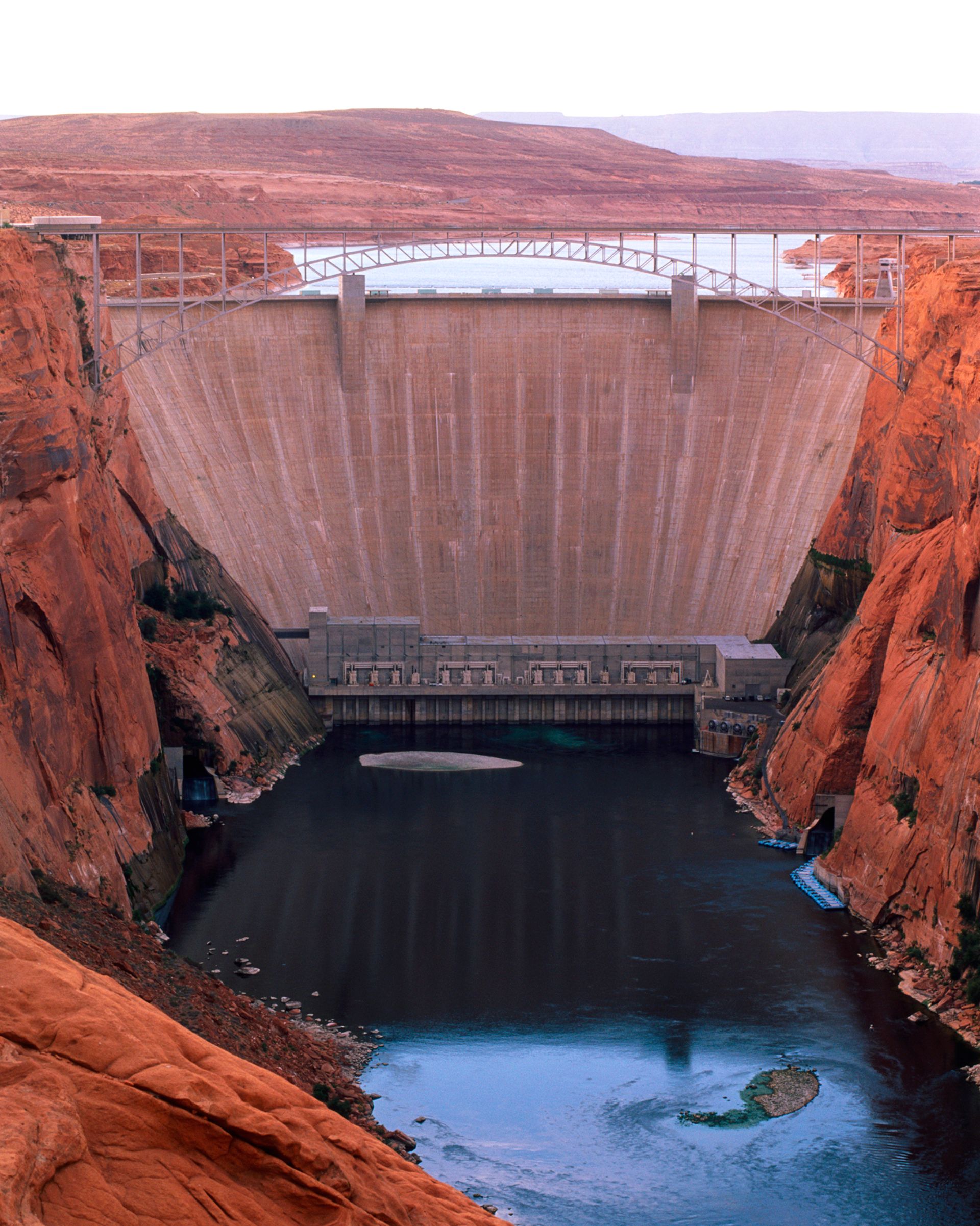
. River water rises behind dams forming artificial. History of Dams. Why Do We Build Dams.
Dams help us store water when we need it and help prevent droughts and floods. When a dam is built it creates a reservoir of water also called man-made lakes. Experts estimate that there are 5-6 beavers per food cache on average.
Ancient dam builders used natural materials such as rocks or clay. Tunnels like this may be lined with concrete and are usually dug out using a combination of drilling and explosives. As each block of concrete dried grout was pumped between the blocks making the dam into one solid piece.
A baking dish plastic container or any other waterprof container that is deep enough to hold water and your dam. Dams are usually constructed to store water in a reservoir which is then used for a variety of applications such as. Apart from those that were built by people dams also exist in nature with beavers being one of the most prolific dam builders in nature.
Beavers build dams and create ponds to create wetlands. Mud dirt sand rocks sticks whatever you can find in your backyard. This is done by diverting the river through a tunnel that runs around the.
The dam was built out of enormous concrete blocks. Beavers build a stick lodge right next to their dam. Roller Compacted Concrete RCC dams are formed by spreading a drier of mix of concrete and compacting it down using rollers.
It helps to prevent the loss of life and property. Reservoirs are used to store water especially during times of excess. The presence of the dam upsets the natural balance of the river affecting the animal and plant life in and around it.
Dig one or more trenches upstream of the dam site to divert the river. A dam is built to control water through placement of a blockage of earth rock andor concrete across a stream or river. Manmade dams create artificial lakes called reservoirs.
Figure the height you want to dam the creek. Schmidt and colleague LeRoy Poff of Colorado State University discuss findings within the context of global pressure to build new dams in a Perspectives paper published Sept. People have used different materials to build dams over the centuries.
This is an alarming matter as it may lead to devastation. Flood control dams impound floodwaters and then either release them under control to the river below the dam or store or divert the water for other uses. Dams are some of the oldest inventions of human societies as they date back to ancient Mesopotamian communities.
Use a shovel drainage spade or trenching hoe to remove the dirt or sand along the riverbank in long straight pits roughly 12 ft 030061 m wide. For centuries people have built dams to help control devastating floods. How do you build a dam in a creek.
By building dams we choked the life out of rivers thereby causing much damage to people local economies and the species that needed healthy rivers to survive. These are some of the reasons. Humans use earth rock and concrete to build very highdams.
Pick a point 1020 yards 91183 m above the section of river youve selected for your dam. People have used different materials to build dams over the centuries. Reservoirs can be used to store water for farming industry and household use.
Tools you might need to build the dam like. In building a dam water is stored behind it. First the forms or molds were made.
Dam construction must be. Measure the width of the spot in the creek where you want to dam. When too much water is in a reservoir it can be released safety through gates.
Dams built up on small scale by compacting successive layers of earth using the most impervious materials to form a core and placing more permeable substances on the upstream and downstream sides. The building of large dams can result in serious ecological damage. Other animals such as fish mammals waterfowl songbirds amphibians and insects benefit from this ecosystem.
A dam is a wall that is constructed to control water flow in a particular region. For example the building of the Hoover Dam in the USA prompted a number of earthquakes and has depressed the earths surface at its location. The edges are formed first by making low concrete walls.
Modern-day dam builders often use concrete. A facing of crushed stone prevents erosion by wind or rain and a suitable spillway usually of concrete protects against catastrophic overflow of the dam. This is done by diverting the river through a tunnel that runs around the intended construction zone.
Use a sledge hammer to drive the 4 foot long 2 by 4 inch boards down into the creek bed at each side a foot deep. 8 2016 in Science. This water is called a reservoir.
Dams are often constructed across rivers to store water that would naturally find its way to the lower reaches of the river and into the sea. Concrete was poured into the forms from buckets traveling on the cableways. The Tennessee Valley Authority dams in the.
Dams are built on rivers so that the water in the river can be controlled. When students are asked about dams most of them recognize that dams form lakes behind them and therefore store water. We are now undoing the damage we caused by starting to remove dams.
They provide activities like fishing boating swimming camping and hiking. Humans build ahydroelectric plant next to. Students may not be clear about why this water is being stored and other functions of the dams such as making hydropower or the possibility of reducing the risk of downstream flooding during small or.
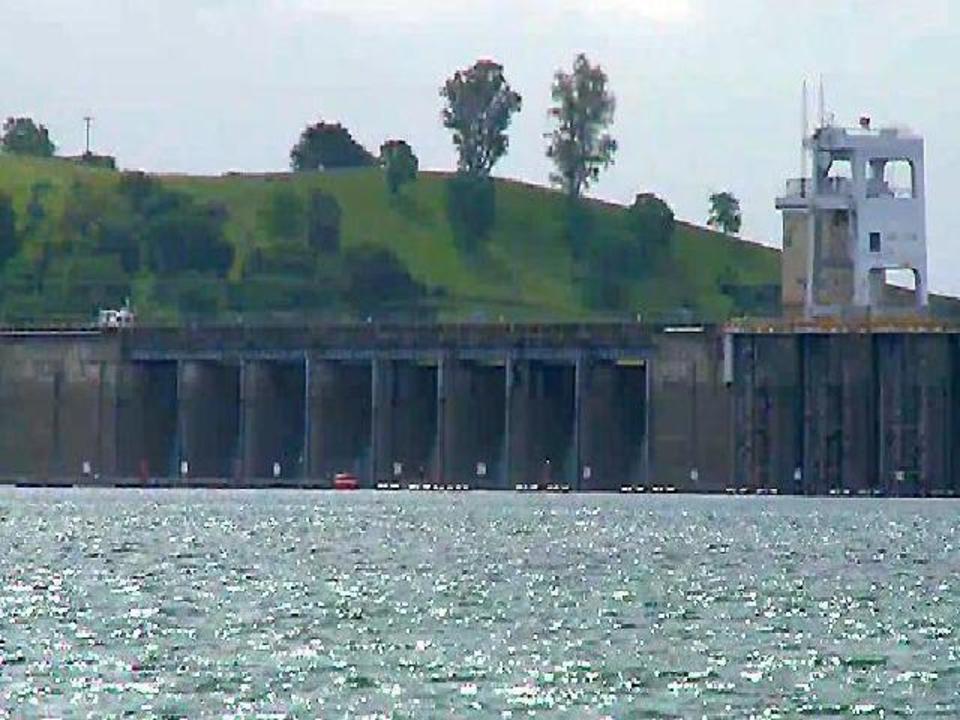
Why Do We Build Dams National Geographic Society

What Are Dams Facts About Dams For Kids Dk Find Out
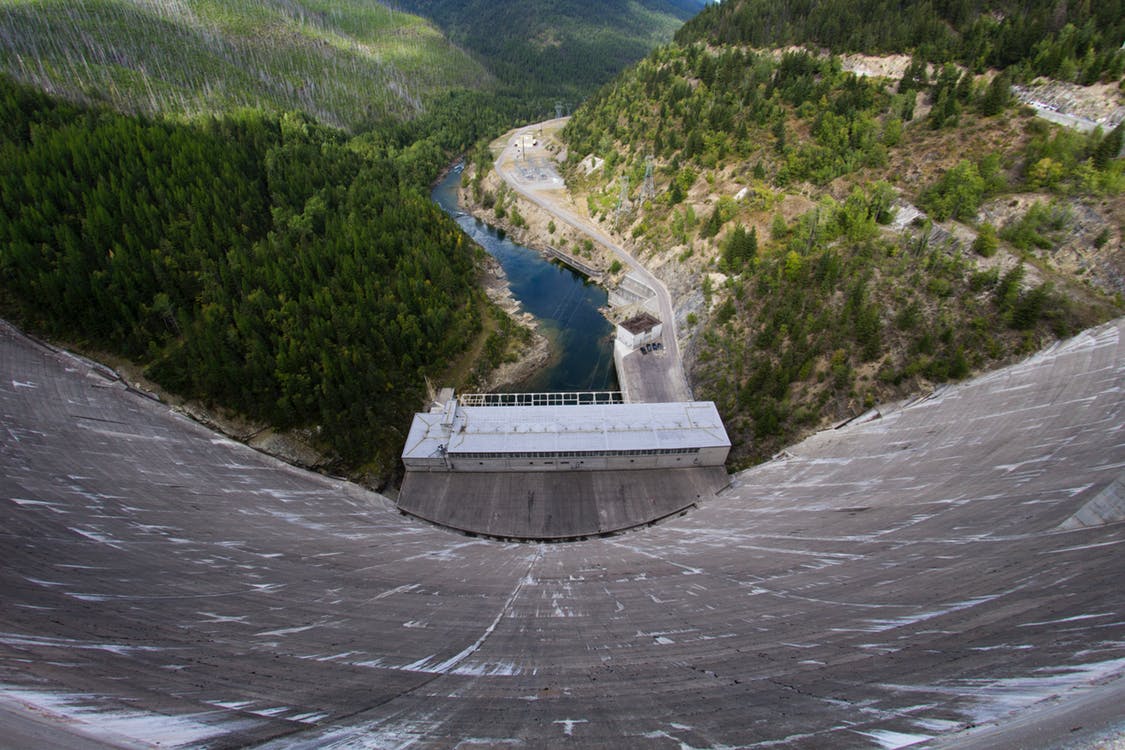
Construction Project Management Software How To Build A Dam Esub
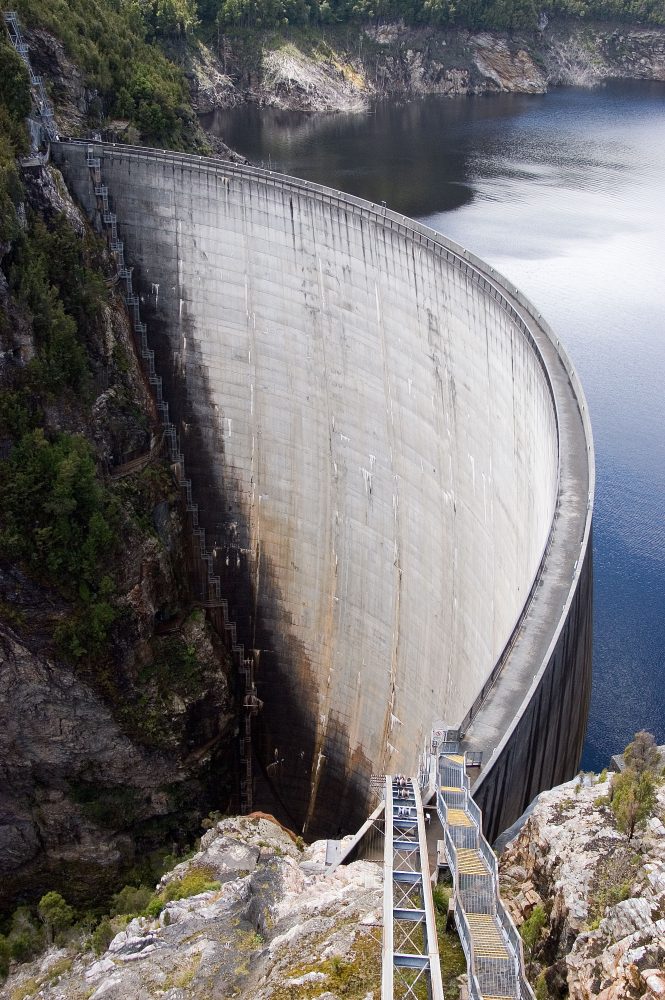
Hydroelectric Dam Building Is A Very Complicated Business Industry Tap

Building The Hoover Dam Youtube


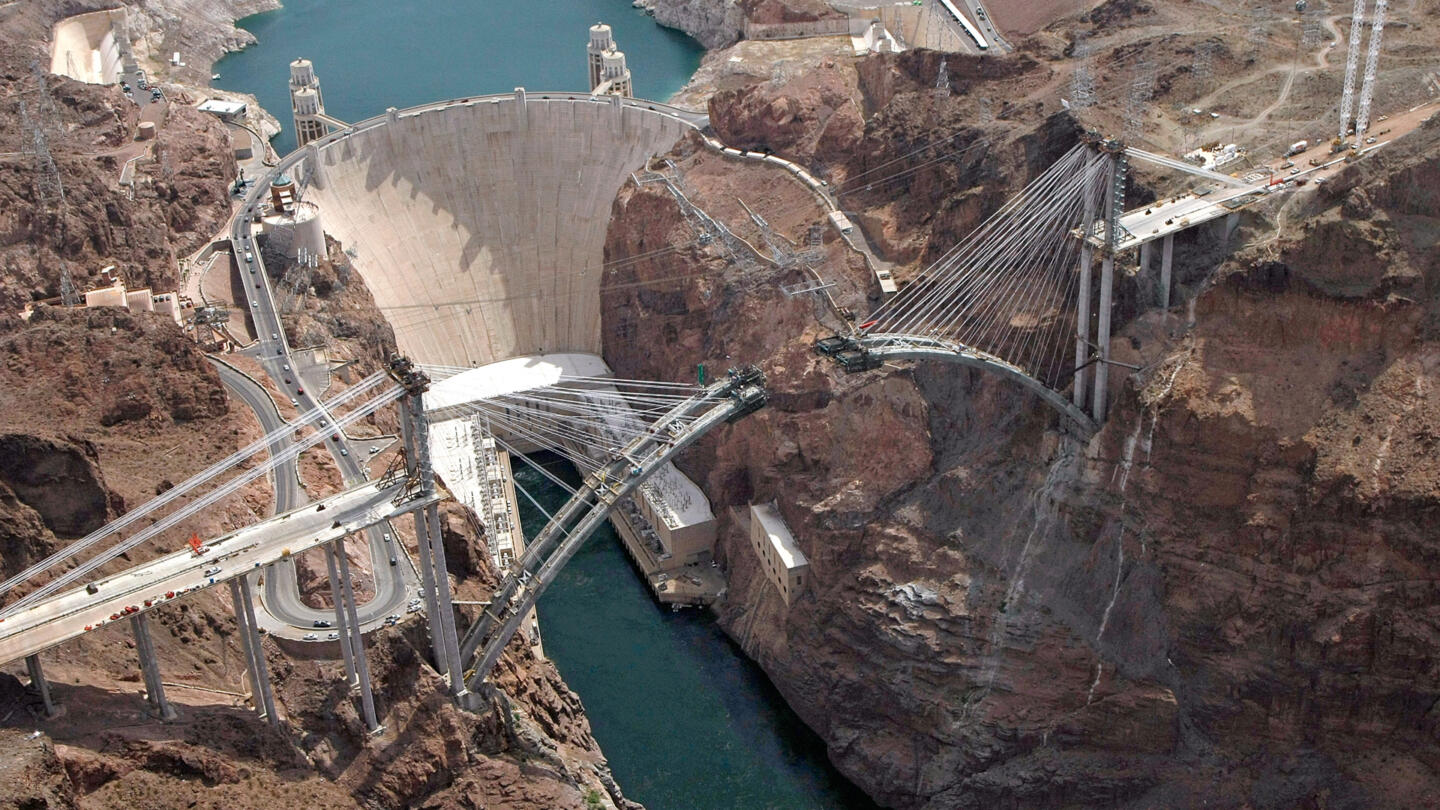
0 comments
Post a Comment